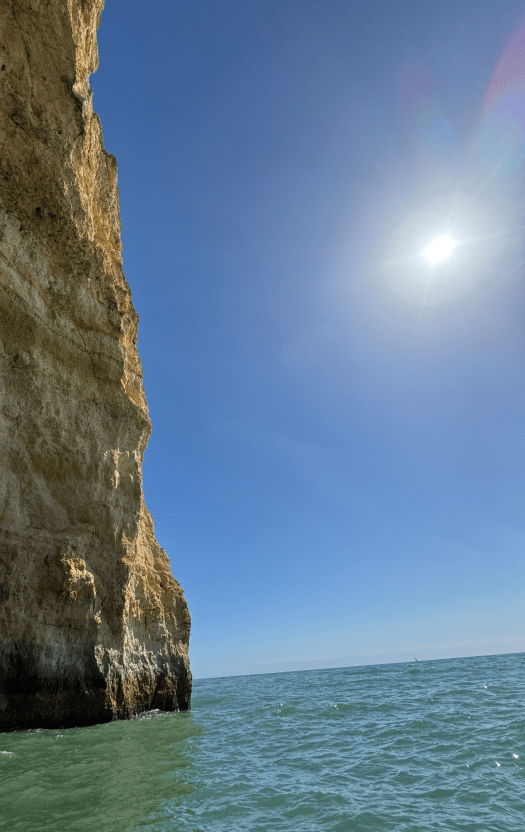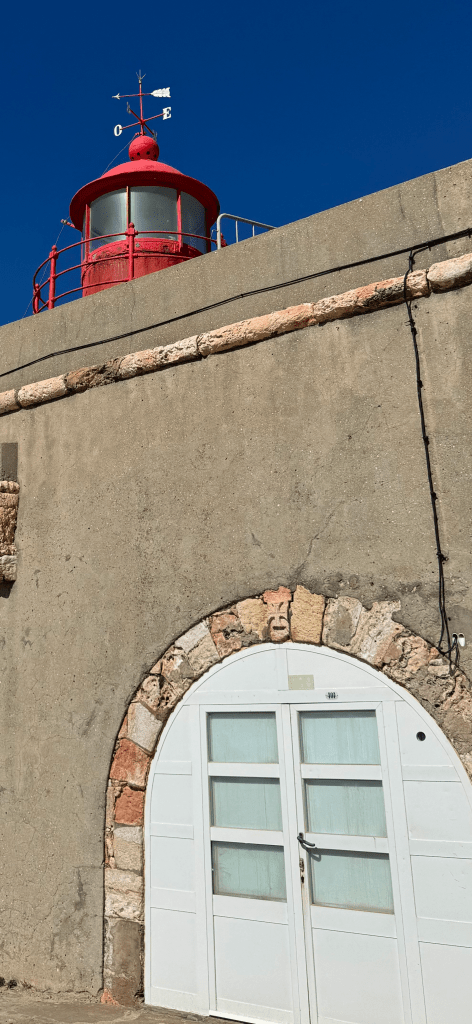Our fifth day was full. We had events and sights from morning to evening.
MORNING

We went to the Castelo de São Jorge sitting atop one of the major hills in Lisbon. It’s old, dating to the 1st Century BC. A fortress that provided shelter and protection through hundreds and hundreds of years. It also provided a great view of the city.

From there, we went into town for lunch and had a very good pasta seafood dish and rustic bread. The rustic bread in Portugal became one of my favorites. You’ll note we had ice tea and Coke. Still not finding beer that I like.


AFTERNOON
The afternoon was our cooking/baking class. One thing Portugal is famous for is their Pastel de Nata. They are small egg/custard pastries that you sprinkle with cinnamon. They are decadent. Our larger group participated in a cooking class to learn how to make them.


Our chef/instructors were twin siblings that were amazing. We were taught step by step through the process of making the pastels and when we finished, we got to eat the fruits of our labor.



The pastels were amazing. They were also an incredible amount of work to create.
EVENING
Our day ended with a sunset wine cruise on the river to finish out our day.






















































